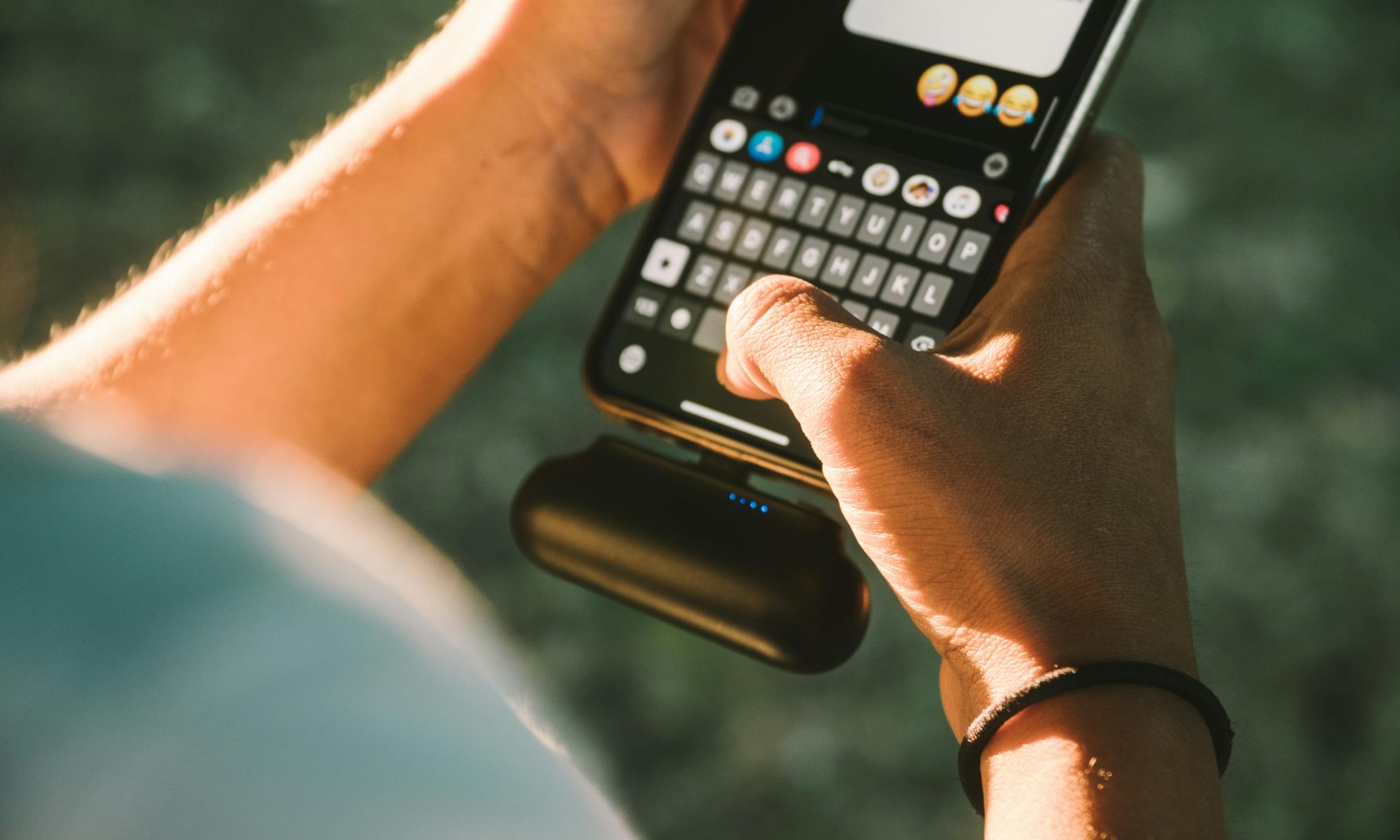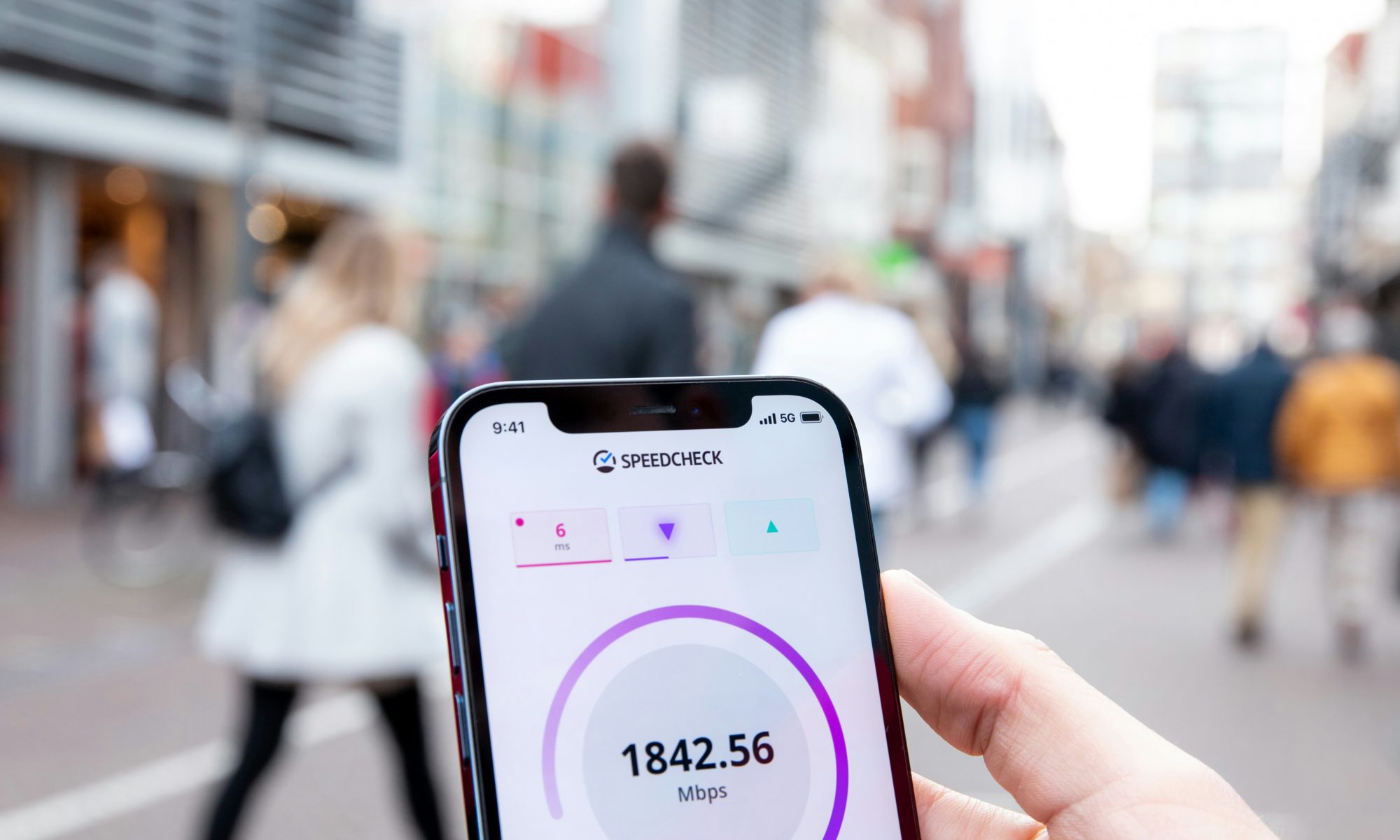TL;DR
SMS psychology is the study of how people think, feel, and respond to texts. It helps you send messages that people open, trust, and act on. Principles include:
- Scarcity and urgency trigger fast action
- Reciprocity builds goodwill through early value
- Social proof and authority increase trust
- Simple, personalized messages boost engagement
SMS remains one of the most valuable tools in a marketer’s toolkit, and its effectiveness is rooted in behavioral psychology—the study of how people think, act, and decide.
This guide explores the psychology behind text messaging to help marketers create campaigns that customers are more likely to open, trust, and act on. Delve into proven SMS psychology principles, providing actionable insights for building more innovative and more effective strategies.
Why SMS is Still Effective in 2025
In a world saturated with digital noise, from overflowing email inboxes to endlessly scrolling social media feeds, standing out is more complex than ever. SMS as a business tool, however, offers a rare advantage: a direct and uncluttered channel that cuts through the chaos.
Its strength is in how it leverages core human behaviors.
Just consider these numbers:
Exceptional open and read rates – Around 98% of text messages are opened, with most read within three minutes. That’s higher than any other marketing channel, ensuring your message gets seen almost instantly.
- A deep personal touch – With an estimated 7.49 billion smartphone users in 2025, mobile phones are practically extensions of ourselves. Text messages feel immediate and intimate, often slipping past the mental filters people put up against ads.
- Instant gratification – People check their phones up to 205 times a day, a habit driven by dopamine. Each text alert triggers a reward loop of anticipation and satisfaction, making users more likely to notice—and act on—your message.
- High opt-in rates – More than 70% of customers have subscribed to receive texts from businesses, indicating a clear preference for SMS as a brand touchpoint.
While these stats are impressive, SMS marketing’s true potential comes from applying behavioral psychology. When messages are created with principles like scarcity, urgency, and social proof, they build trust, spark engagement, and drive meaningful action.
8 Proven SMS Psychology Principles That Boost Engagement
To make SMS marketing work for you, you need more than just a clever copy or good timing. You need to understand how people think. Texting psychology can help with that. By understanding how people process messages and make decisions, you can create texts that capture attention and drive action.
1. Scarcity
Humans are wired for loss aversion. You’re more motivated to avoid missing out than to gain something new. This is why scarcity is such an effective marketing tool. When people know a deal is limited or time-bound, it creates a sense of urgency that drives them to act fast.
Examples:
- “Only 5 slots left for our skincare promo. Book now!”
- “Flash Sale: 50% off for the next 2 hours only!”
Use scarcity strategically in texts promoting flash sales, time-sensitive promotions, or new product launches to encourage immediate engagement.
2. Reciprocity
Reciprocity is a basic human instinct: when someone gives you something, you feel inclined to give something back. In marketing, this translates into offering value first—whether it’s valuable advice, a freebie, or an exclusive reward—before asking for action in return.
Delivered directly to a customer’s personal device, this “give before you ask” approach feels more genuine than other channels. It builds trust and fosters a sense of goodwill, making recipients more likely to engage and convert.
Use reciprocity in your SMS strategy through free trials, early access, exclusive deals, or helpful content.
Examples:
- “Here’s a free tip to get better sleep tonight: avoid screens 1 hour before bed. For more wellness tips, click here.”
- “Thanks for being a loyal customer, here’s 10% off your next visit.”
SMS works exceptionally well for this text psychology principle because it delivers value quickly and personally. Even a small, thoughtful gesture delivered via text can strengthen relationships and drive action.
3. Social proof
Social proof is the idea that people look to others’ actions to guide their own, especially when they’re unsure. Did you know that 50.2% of Filipino consumers rely on customer reviews when making online purchases? This shows just how influential peer validation can be.
By showing that others trust, use, or endorse your brand, you give potential customers the reassurance they need to take the next step.
Examples:
- “Join 2,000 Filipinos who booked through our app this month.”
- “Rated 4.9 by over 300 happy clients!”
In SMS, even a quick mention of customer numbers, testimonials, or ratings can quickly build credibility. This is especially useful in markets like the Philippines, where customers are often choosing between global and local sellers and want to make the safest, smartest choice.
4. Authority
While social proof draws from the crowd, authority builds trust through perceived expertise. People are more likely to take action when a message comes from someone they consider knowledgeable or credible.
This is particularly relevant in the Philippines, where nearly 90% of consumers, particularly Millennials and Gen Z, follow influencers for niche recommendations. Whether it’s skincare, gadgets, or fitness, expert backing adds weight to a brand’s message.
Even in a short SMS, you can boost credibility by referencing respected experts, industry professionals, or well-known influencers associated with your product.
Examples:
- “Recommended by dermatologists for sensitive skin. Shop our full line here.”
- “As featured on [Influencer’s Blog], our new collection is finally here. Get yours today!”
Messages like these lend authority and reduce hesitation, which is especially important for high-consideration purchases where trust is a significant factor in conversion.
5. Personalization
Your brain is hard-wired to notice what’s relevant to you, and that’s precisely why personalization works so well. When a message includes your name, references your behavior, or marks a personal milestone, it breaks through the mental noise that filters out generic marketing.
Examples:
- “Hey, Marco! Our new keto menu just dropped. Want a sneak peek?”
- “Happy birthday, Ana! Celebrate with ₱200 off your next massage.”
Personalized SMS doesn’t feel like a broadcast; it feels like a conversation. And that human touch grabs attention fast.
6. Simplicity
Your brain is drawn to what’s easy to understand. This is the essence of cognitive fluency. When a message is simple, it requires less mental effort, making people more likely to read and respond. On the flip side, long or cluttered messages increase cognitive load and reduce engagement.
In SMS marketing, simplicity is non-negotiable. Keep messages short, clear, and focused. Use everyday language, avoid jargon, and stick to one clear call-to-action (CTA) per text.
Example:
- “Hi Carla! Your facial appointment is tomorrow at 2 PM. Reply Y to confirm, N to cancel.”
By removing friction and reducing confusion, simplicity boosts response rates and helps your messages land with impact.
7. Timing
Content matters, but so does when your message arrives. Timing taps into a core psychological trigger: people are more likely to notice and act on a message when it lands at the right moment.
To make the most of this, be strategic about your send times. First, respect the clock by avoiding texting too early in the morning or too late at night. Second, understand your audience’s routine and target their peak engagement hours.
Lastly, test and learn by A/B testing different send times to pinpoint what gets the best results.
Example:
- A morning reminder for an appointment is often more effective than a late-day message, as it catches the customer’s attention before their schedule gets too busy.
When you align your SMS timing with your audience’s rhythm, you increase the odds of your message being opened, read, and acted on.
8. Autonomy
Texting is personal, and when a brand shows up uninvited, it can feel like an intrusion. That’s why the principle of autonomy is so important. When you respect a customer’s space and choices, you’re building trust.
To apply this principle when sending offers via SMS, always give customers control. Make opting out easy and transparent, and avoid sending too many messages. Use a familiar sender name and keep the tone respectful to reinforce a sense of safety and reliability.
Example:
- A simple line like “Too many texts? Reply STOP anytime” is a way to show respect for the customer’s preferences, which in turn builds long-term loyalty and trust.
By providing your audience with choices, you create a healthier, more trusted relationship, one message at a time.
Human Psychology Makes SMS Work
The real advantage of SMS is that it taps directly into introductory human psychology. By combining concise, personalized, and timely messages with strategic psychological triggers, you transform your communication from a simple broadcast into a welcomed and appreciated interaction.
This is the psychology of text messaging at work, meeting people where they are and how they prefer to engage.
Ready to put these proven principles into practice? Semaphore offers trusted SMS marketing for businesses across the Philippines, designed to help you engage customers, boost conversions, and build lasting relationships.
We’ve supported thousands of Philippine companies with reliable, customizable SMS solutions that drive real results.
Explore our SMS services now and start sending messages that genuinely work.
FAQs
- Why is SMS marketing still effective in 2025?
It’s direct, fast, and personal. Most people check texts instantly, making SMS perfect for urgent offers or time-sensitive updates.
- What psychological principles drive SMS engagement?
Scarcity, reciprocity, social proof, authority, personalization, timing, autonomy, and simplicity influence how people react. These align with basic human behavior, making messages feel more relevant and persuasive.
- How can businesses apply texting psychology to campaigns?
Focus each message on one goal. Add urgency, offer value upfront, and personalize with names or context to build trust and relevance.
- What makes an SMS message persuasive?
It’s clear, timely, and emotionally compelling. It demonstrates immediate value and tells the reader exactly what to do next.
- How should businesses respect privacy in SMS marketing?
Always include opt-outs, limit frequency, and use a recognizable sender name. Treat the inbox like a private space, not just another sales channel.


